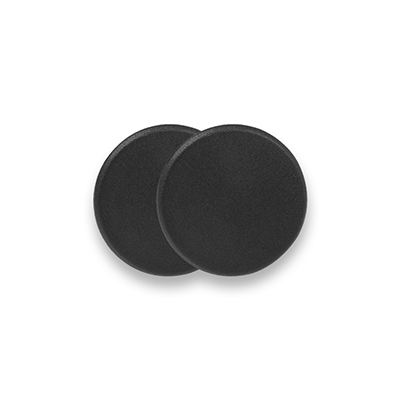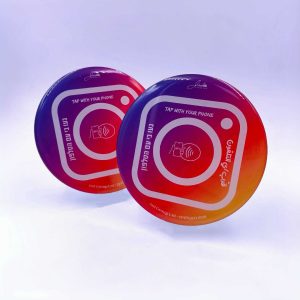If you’ve been keeping up with the news, you’re probably aware that Nike has been testing a new technology in their shoes known as Radio Frequency Identification (RFID) tags. These tiny chips, which are embedded in the soles of sneakers, enable users to track how far they’ve run or how many calories they’ve burned. RFID, according to the company, will help them better understand and serve their customers, but what exactly is RFID? How does it function? In this article, I’ll explain everything about RFID technology, from manufacturing to consumer experience, so that by the end, you’ll have a better understanding of why Nike decided to incorporate these tiny chips into their new line of sneakers.
What makes RFID an attractive technology for Nike?
RFID is a good technology for Nike because RFID tags are already built into many of its products. This technology is already being used in products such as athletic shoes, clothing, and equipment.
RFID tags allow products to be tracked throughout the supply chain, allowing them to easily locate the exact item that needs to be recalled or fixed if there is a problem with quality control or shipping errors. This makes it easier for companies like Nike, which processes hundreds of thousands of products every day.
RFID also enables consumers to use a smartphone app that connects directly to their sneakers, allowing them to access information such as how many miles they’ve run or whether their shoe needs to be replaced. For example, if you go running in your Nike Air Max shoes and decide you no longer want them after 500 miles, you can use your phone app to connect directly via Bluetooth signal from those shoes!
The benefits of using RFID in the manufacturing process
RFID tags would be useful for inventory tracking during the manufacturing process. It can be difficult to determine which boxes belong to you if you have a large warehouse full of them. Furthermore, employees must spend time searching through all of those boxes to find what they require.
RFID tags may enable your employees to quickly scan items as they enter and exit the warehouse, saving time and money. No more trips back upstairs because someone forgot to bring their phone charger or lunch box!
RFID, when combined with proper labeling systems, can also help you track where products are at any given time within your facility. This allows managers and employees who require parts/products throughout the week to know exactly where those items are located within each department or area of business operations without requiring too many people to search through each section individually (which wastes valuable time).
The benefits of RFID in the consumer experience
RFID provides numerous benefits, the most significant of which is improved inventory management. RFID tags are programmable and can store information about the product to which they are attached, such as its size, color, and quantity. This allows retailers to better manage their inventory. They can also use the technology to determine which products are selling well in which stores and when they need to restock on specific items.
This means that customers will typically have no trouble finding the sizes they require when shopping online or visiting physical retail locations such as Nike Town stores because all of these products are located in one location rather than being scattered across different departments within each store location as was previously done with barcodes scanned manually by employees when someone was ready to purchase (which could take up valuable time).
This also makes it easier for more customers who may be unable to visit physical stores due to physical limitations such as mobility issues caused by chronic pain syndromes such as fibromyalgia or rheumatoid arthritis; limited access time due to working full-time jobs outside our homes without having childcare available 24 hours a day, seven days a week, 365 days a year; being elderly; and so on.
What does the future of this technology hold?
Nike was the first major footwear manufacturer to incorporate RFID tags into their products, but it will not be the last. Other shoe companies may follow suit as consumers become more educated about RFID and the benefits it can provide.
It remains to be seen whether Nike’s innovative technology will catch on, but one thing is certain: this new method of tagging shoes with radio frequency identification (RFID) chips could be a key part of future manufacturing processes.
RFID can enhance the consumer experience and is required for manufacturing.
RFID can enhance the consumer experience and is required in manufacturing.
RFID tags and sensors can be used to determine the identity of a product or its state. This information is useful in determining whether your shoes are genuine or not in a retail setting (and how old they are). If you notice that one shoe in your pair is tighter than the other, RFID tags can help you figure out what size shoe you bought from Nike.
This technology also allows retailers to track how frequently customers visit their stores as well as how long they stay, allowing them to tailor their services to their customer’s preferences.
RFID has been used in manufacturing processes for years at large companies such as Nike and Adidas; however, consumers did not see any real benefits from this technology being integrated into footwear production processes until 2008, when RFID was introduced into mass production applications at these companies.
RFID tags, as we’ve seen, are an excellent way to provide more value to customers while also improving the efficiency of your manufacturing process. They can also aid in the reduction of counterfeit goods and fraud, which is particularly important in today’s environment. We hope this article has given you a better understanding of how these tiny devices work and why they are so important!
















